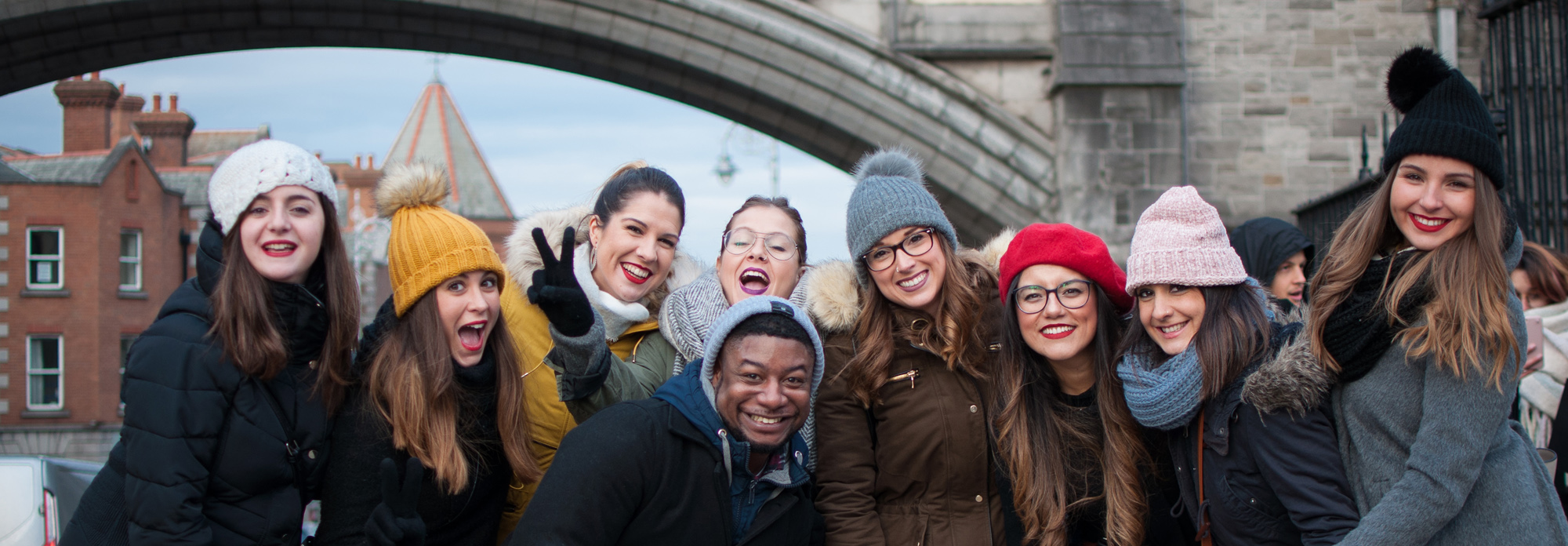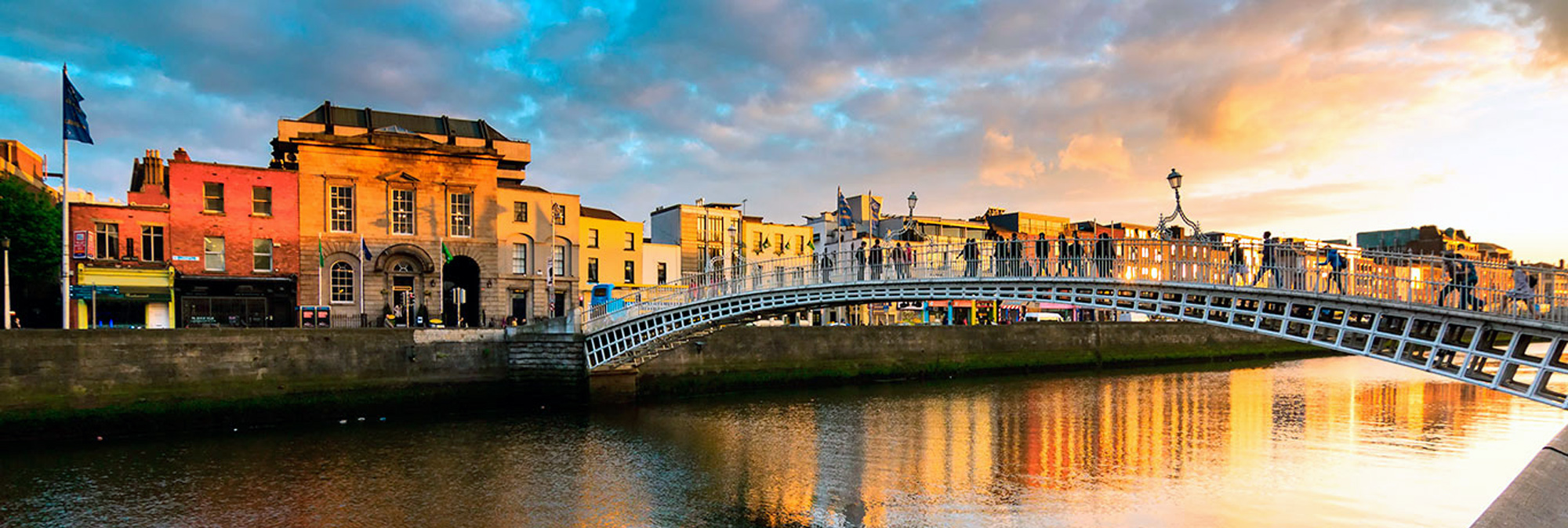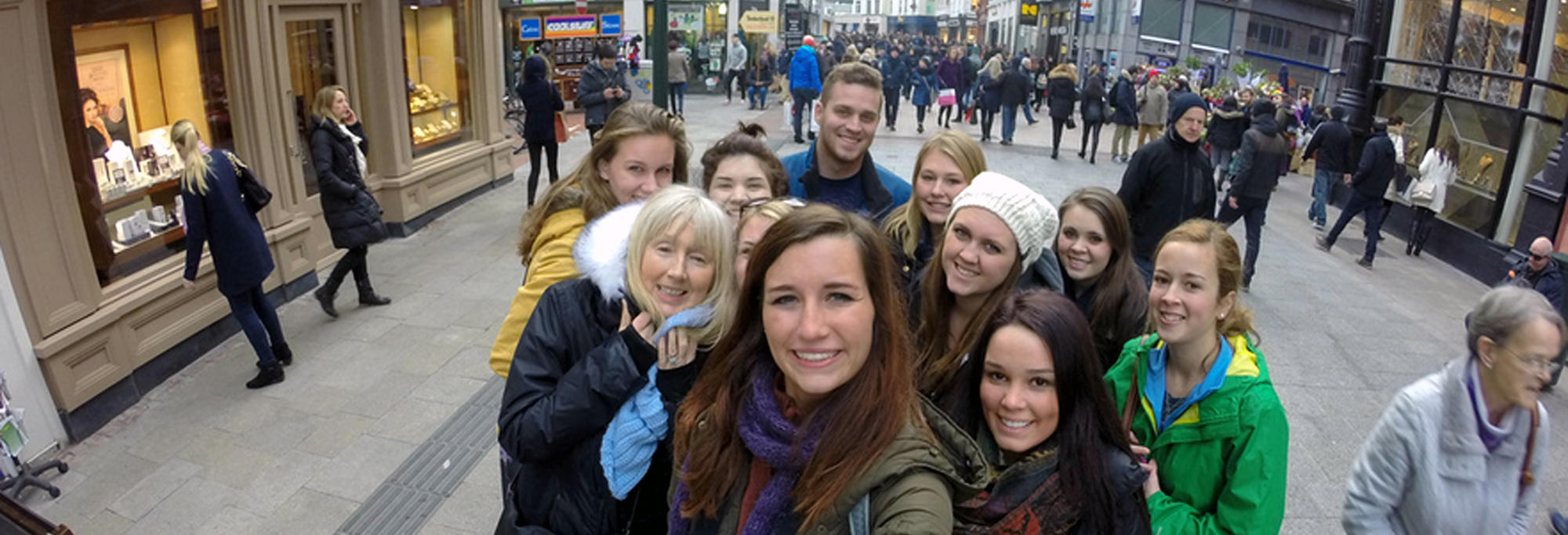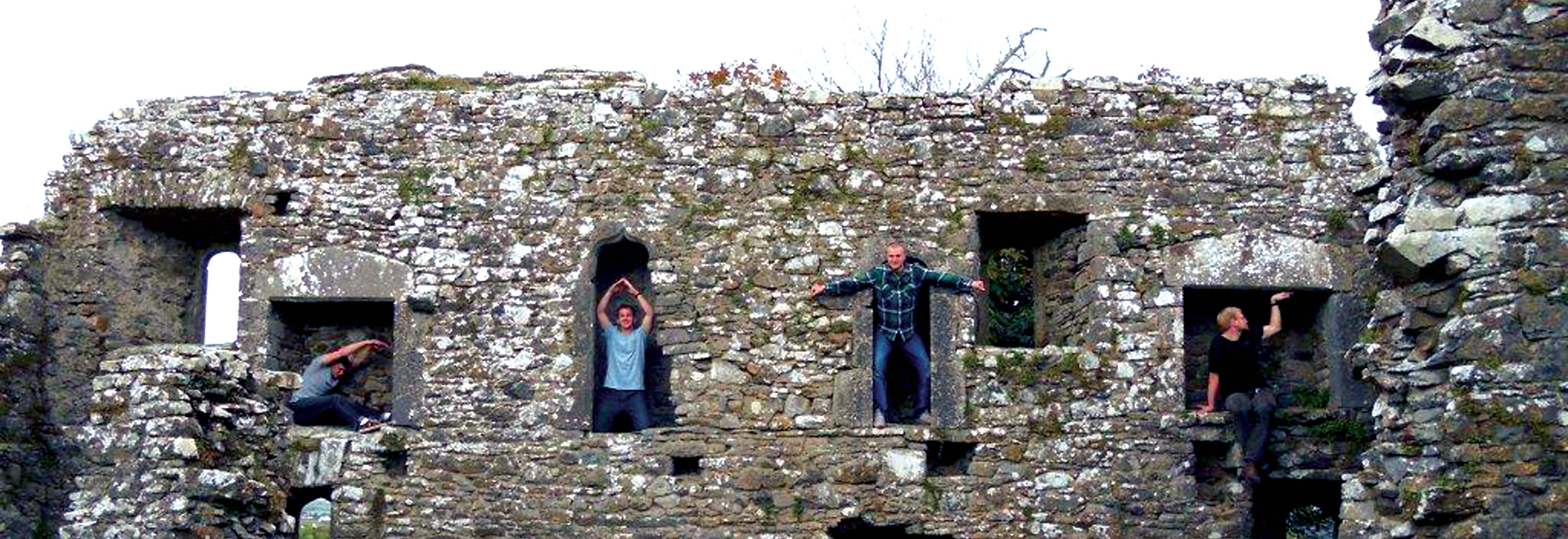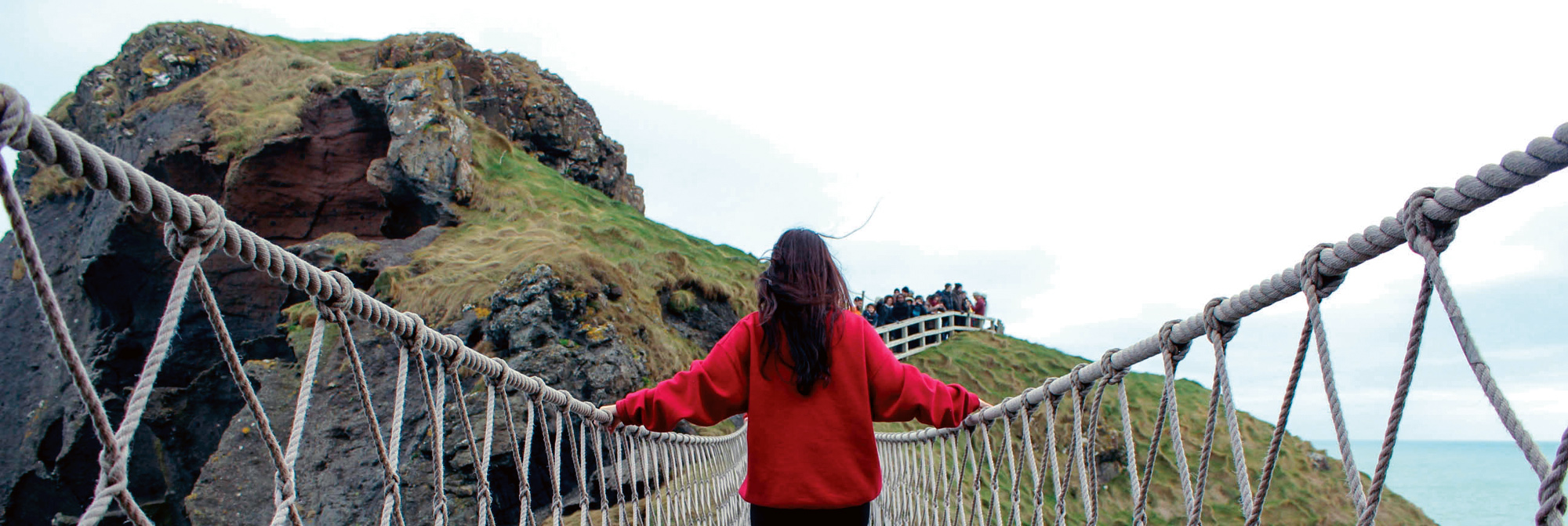IRELAND
Dublin
Want to rock where the world’s most ginormous rock band/activists got started? (That’s U2, for those of you who don’t know.) Or would you prefer to ponder Joyce’s Ulysses while wandering the streets where the legendary author lived? Perhaps you’re curious as to how a country which was, at one time, the poorest in Western Europe managed to turn itself around during the ’90s and become an economic superstar.
Dublin began life as a Viking settlement founded over 1,000 years ago on the banks of the river Liffey. The name ‘Dublin’ comes from the Gaelic words ‘Dubh Linn’ (Black River). It became an administrative capital after the Norman conquest of Ireland in the 12th Century.
As the political, economic and cultural center of Ireland, the city has all the amenities of a large metropolitan area, yet it retains a friendly, small town atmosphere. Dublin is a university town, with a large percentage of the population under 35 years of age – making it one of the youngest cities in Europe.
The city is rich with culture and entertainment: museums, theater, shops, clubs, cinemas, restaurants, art galleries, historic sites, sporting venues, and gardens. Notable points of interest include the Dublin Castle, Christ Church Cathedral, Saint Patrick’s Cathedral, and Phoenix Park – the principal unit of the Dublin park system — with zoos, several conservatories, an arboretum, and the residence of Ireland’s president.
The city serves as the principal port and commercial center in Ireland. Chief industrial establishments include breweries, distilleries, and plants producing electrical and electronic equipment, footwear, glass, pharmaceuticals, and processed foods. Main exports include livestock, agricultural products, and local industrial manufactures.
Dublin, Ireland has it all going on. It’s hard not to like this city, especially after you get settled in and realize there’s more to Ireland than leprechauns.
Republic of Ireland
Ireland is an island in the North Atlantic comprised of two countries: The Republic of Ireland and Northern Ireland. The Republic of Ireland, with a population of over 4 million, occupies the majority of the island. ‘The Emerald Isle,’ as it is often called, is known for its vast green landscape and warm, fun-loving people.
While Northern Ireland remains an administrative unit of the United Kingdom, the Republic of Ireland was granted independence on December 6, 1921, and severed all ties with Britain in 1949. The Irish Republic is governed under a constitution adopted in 1937 that provides for a president, a prime minister, and a bicameral (two-chamber) national parliament. The head of state (president) is popularly elected for a 7-year term. The chief executive is an appointed prime minister or taoiseach (pronounced TEE-shock) who heads the government. Ireland joined the European Union in 1973 and adopted the Euro as its currency in 2002.
Almost all the people of Ireland speak English and about one-fourth also claim to speak Irish, a Gaelic tongue and the oldest written language in Western Europe. Nearly all the Irish once spoke the Irish language, with its many regional variations. Today, Irish is spoken on a daily basis by only 30,000 people, most of whom live in the Gaeltacht (Gaelic-speaking) areas along the west coast, though there is much interest in reviving the language.
The Irish are well known for their friendly hospitality and interest in newcomers. The socializing culture in Ireland is characterized by what is known as ‘pub culture’ and craic [pronounced CRAK]. Pub culture involves the use of neighborhood pubs as community centers and gathering places, a place to go after work, to meet up with friends, go for a pint, unwind with a newspaper, conduct business, and catch a sports game on television. Craic is a key characteristic of Irish social life, an Irish expression for good, fun conversation among equals, a lot of humor and spirited communication.
QUICK FACTS
- Population of Ireland: 4.5 million
- Population of Dublin: 1.8 million
- Official Language: English & Gaelic
- Currency: Euro
- Local time in Dublin: GMT+0
- High temp in Dublin: July: 68°F
- Low temp in Dublin: January: 37°F

